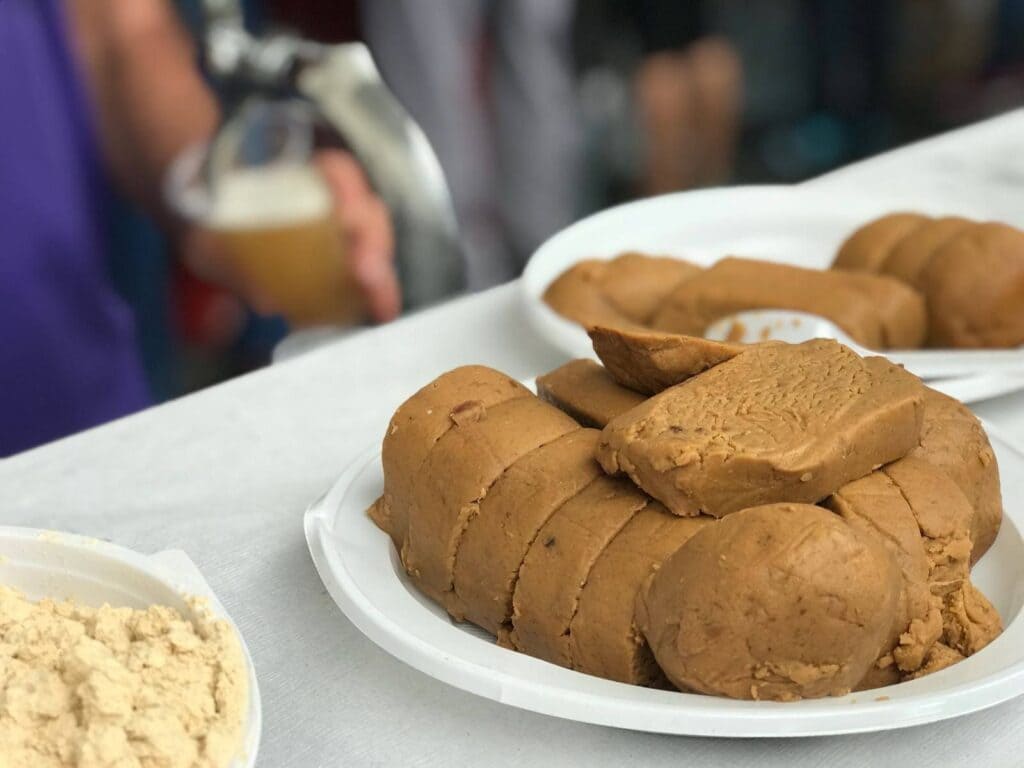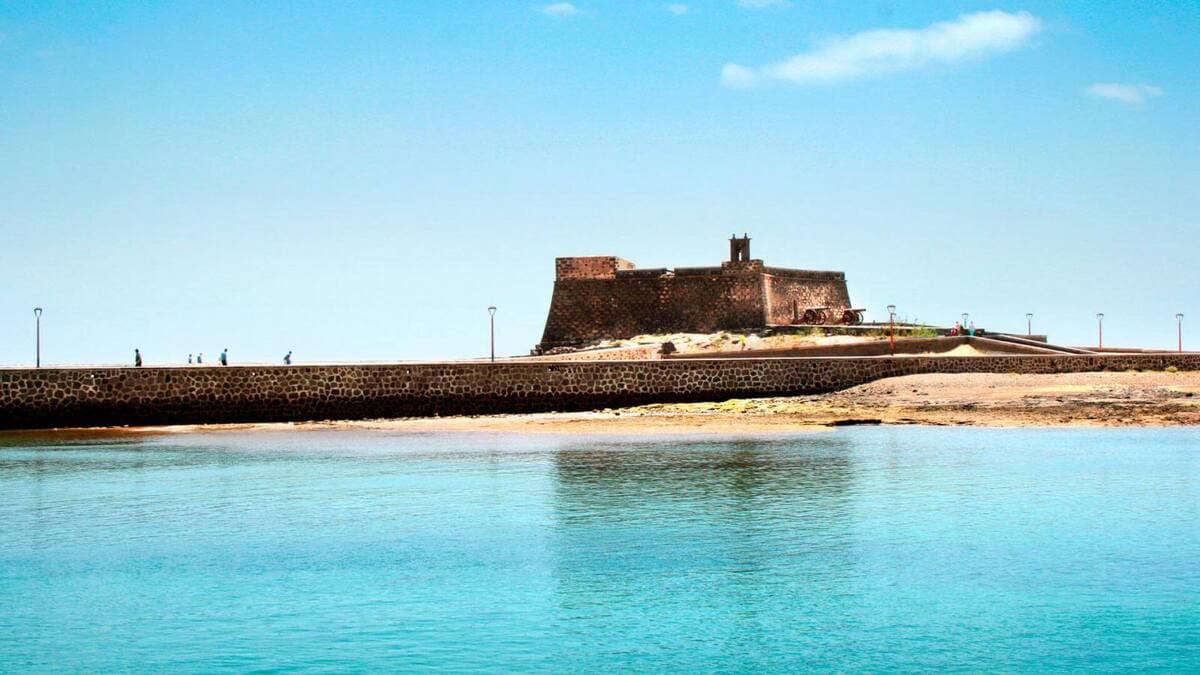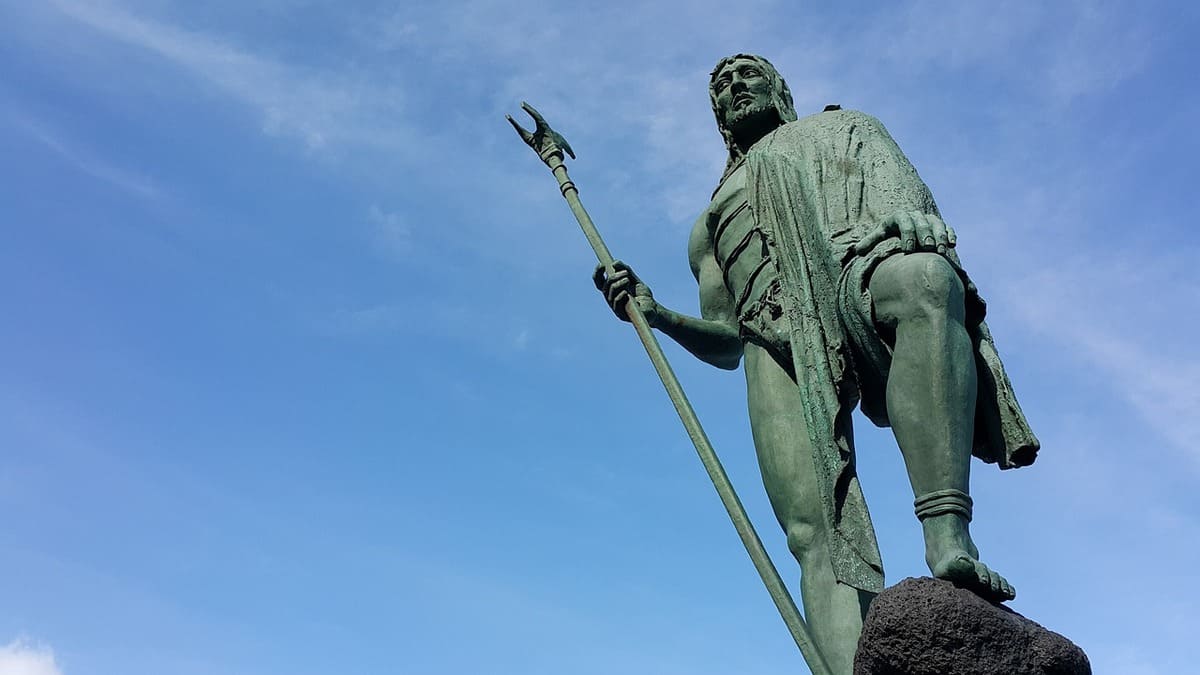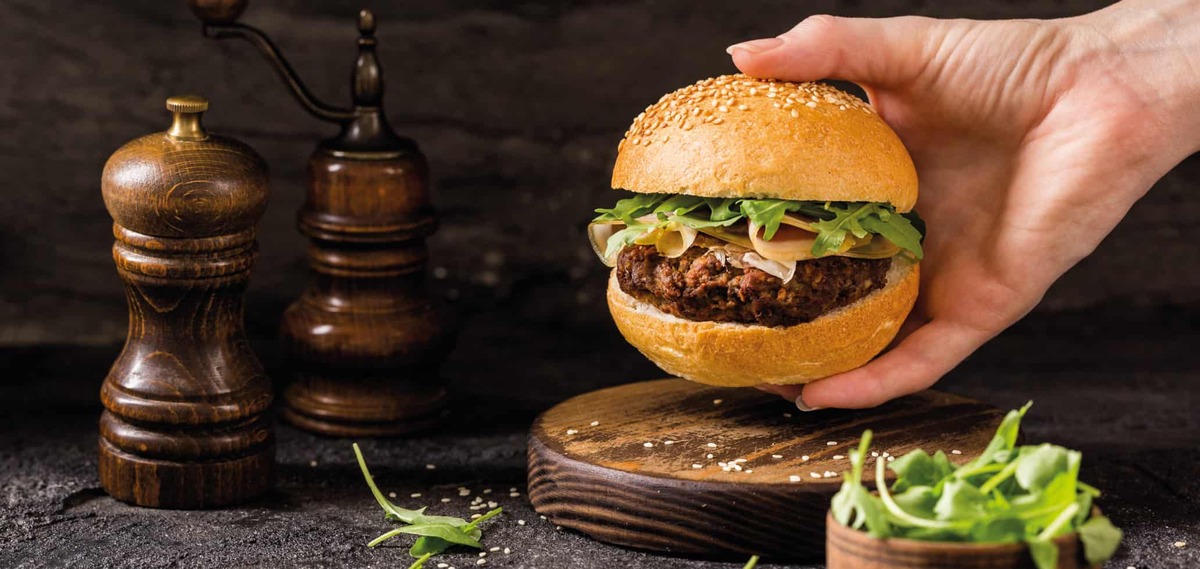The famous Canary Island hot pepper is one of the key ingredients in the preparation of the mojos of the archipelago and other dishes of the island's gastronomy. It is a traditional product of Canarian agriculture, both the pepper and the pepper.
The different types of Canary Island hot pepper are distinguished by their shape and colour, but above all by their level of pungency, and are given different names depending on their characteristics. The cultivation of pepper in the Canary Islands is a deep-rooted tradition, which is reflected in the large number of local varieties that exist.
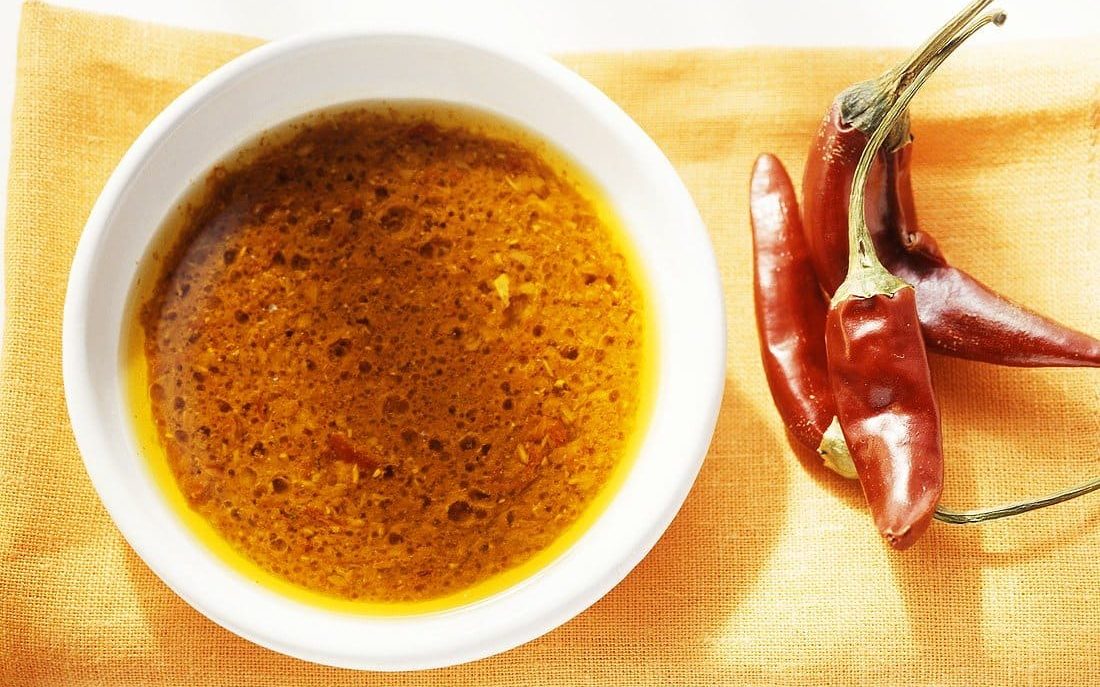
History of the Canarian hot pepper
The main difference between capsicum and pepper lies in the level of heat. On the one hand, capsicum (Capsicum annuum L.) is an herbaceous plant of the Solanaceae family and is generally not hot. Pepper (Piper nigrum), on the other hand, is a species of the Piperaceae family, cultivated for its fruit, which is used dried as a spice. In the Canary Islands, the pepper, depending on whether it "burns" or not, is called pimiento or pimienta.
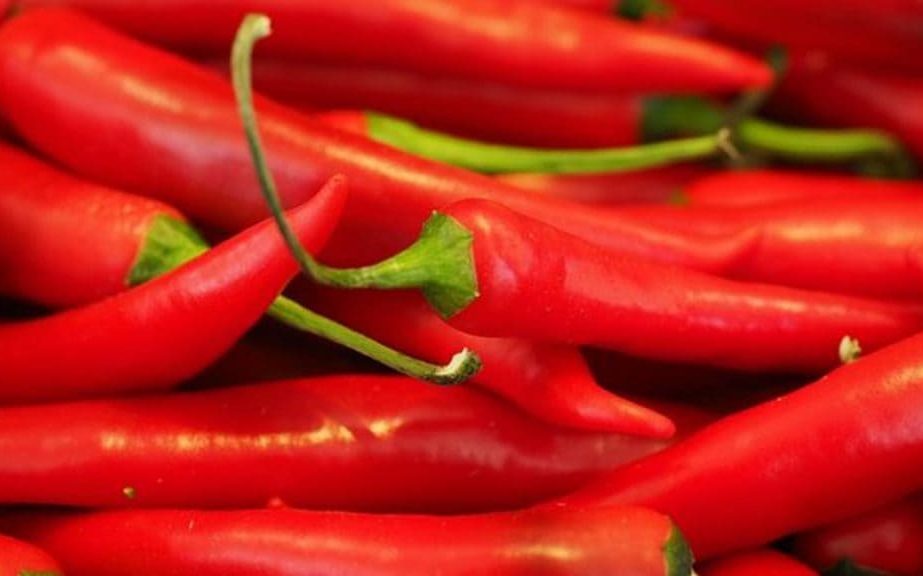
The pepper cultivated in the Canary Islands originates from the American continent, more specifically from Central and South America. The oldest remains, dated between 5,000 and 3,000 BC, come from the valley of Tehuacán in Mexico. In this area, pepper is known as chili or aji.
Like many other products, such as potatoes, tomatoes or corn, peppers arrived in Europe with the Castilians after the discovery of America . At first it was used simply as a decorative plant and was not included in the diet as a foodstuff until the 19th century.

Composition and varieties
Canary peppers and peppers are a source of vitamin A and have a high amount of vitamin C, although this varies depending on the variety. They also contain large amounts of potassium, iron, magnesium and sodium, as well as small amounts of vitamins E, P, B1, B2 and B3. They also contain capsaicin, which is the compound that provides the spiciness.
The types of peppers are classified according to their size and flavour. According to their size, three categories can be distinguished: thick fruits, weighing more than 250 grams; small fruits; and elongated fruits, although in the Canary Islands the shape may vary a lot. According to their taste, they can be sweet or spicy.
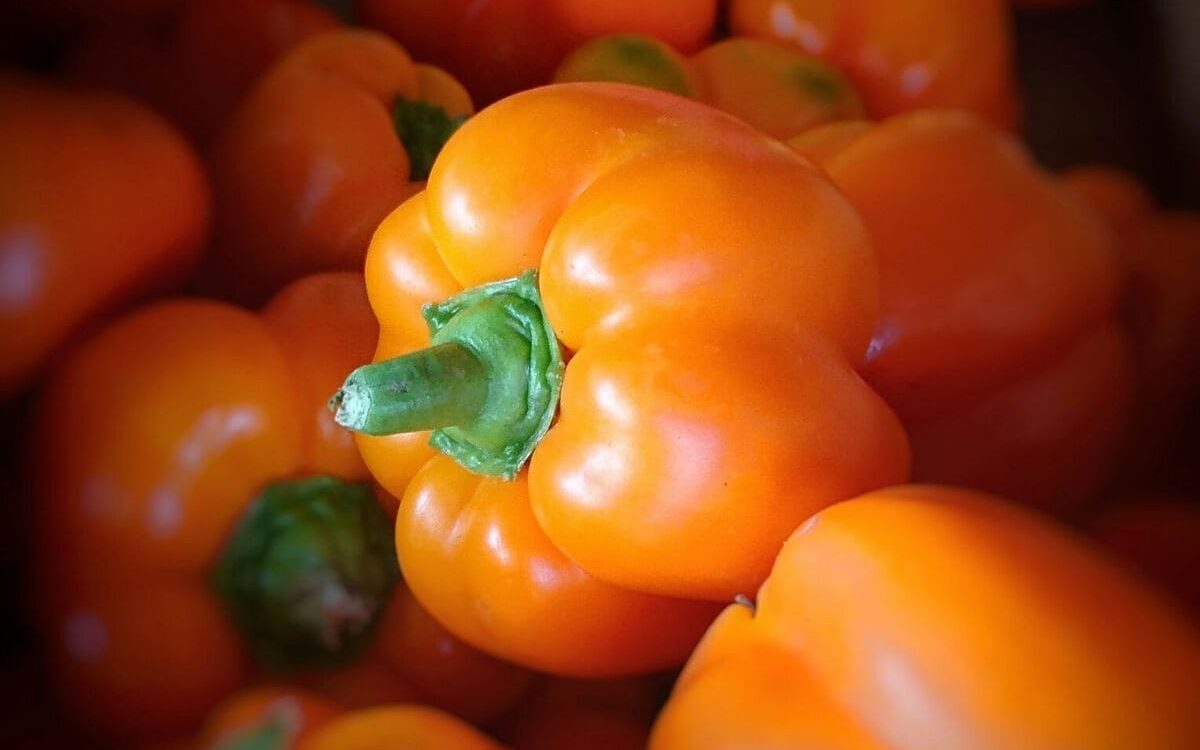
In Tenerife alone we can distinguish nine differenttypes of red peppers, which can be more or less hot and which are differentiated, above all, by their shape: the palm pepper, the mother's whore, the hot pepper, the goat's horn pepper, the pigeon's heart pepper, the sweet chilli pepper, the cat's pinga, the bell pepper and the tomatillo or tomato pepper.
Mojo picón or how to use Canarian hot pepper
In Canarian gastronomy, mojo is one of the typical accompaniments that adds a special touch to food and forms part of the culinary tradition of the islands. The well-known mojo rojo or mojo picón is made from red peppers or pimientas piconas.
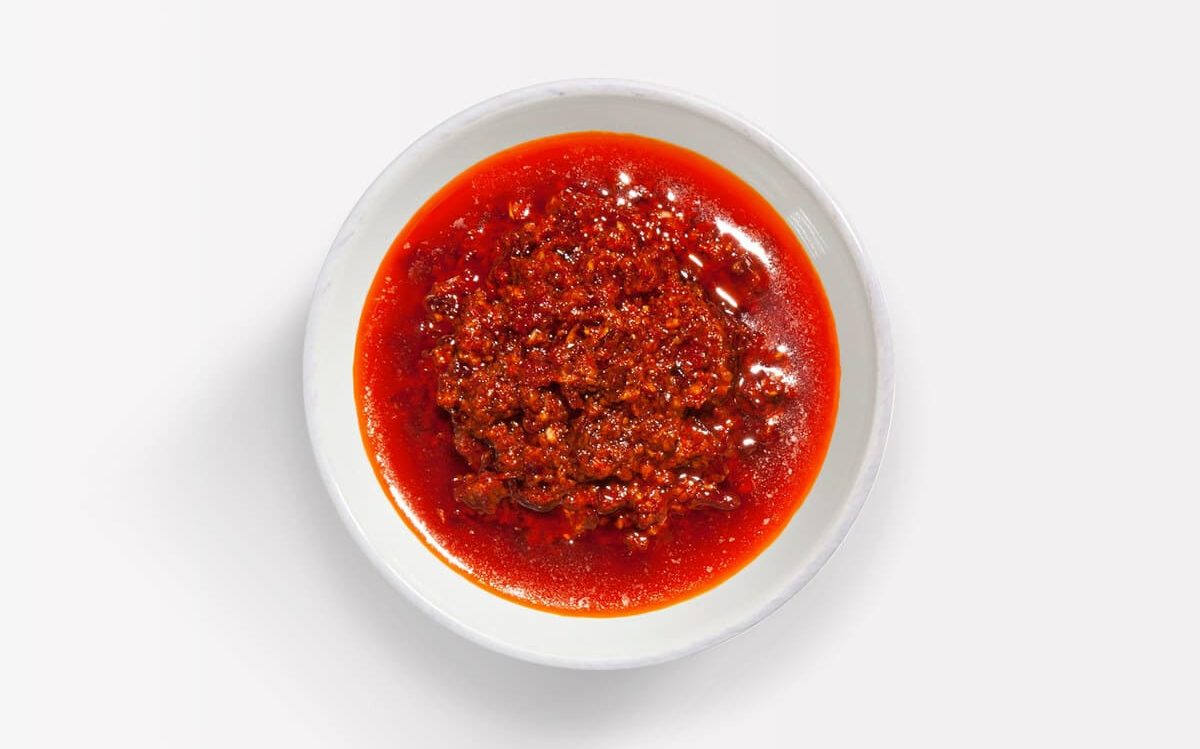
Mojo picón usually accompanies meats and, of course, the famous papas arrugadas, it is also used to accompany gofio and can be kept for months in the fridge. On the other hand, there are also green mojos, usually made from green peppers, coriander or parsley, which are more commonly used as a dressing for fish. In this link you can learn more about green mojos and how to make them.
How to prepare an authentic mojo rojo picón
The mojo is usually spicy, but if you want a slightly milder flavour you only need to prepare it with sweet peppers instead of hot peppers. Here is the recipe for mojo picón or traditional red mojo so that you can make it at home.
Ingredients
A head of garlic, 5 tablespoons of vinegar, 15 tablespoons of olive oil, 2 hot peppers, a teaspoon of paprika, a tablespoon of cumin seeds, coarse salt.
Elaboration
First of all, the peppers to be used to make the mojo must have been dried beforehand, which can be quite a long process. In order to use them, they need to be soaked, which also partially eliminates the spiciness, but never completely. They are then cleaned and the seeds and veins are removed, although some can be left to play with the level of spiciness.
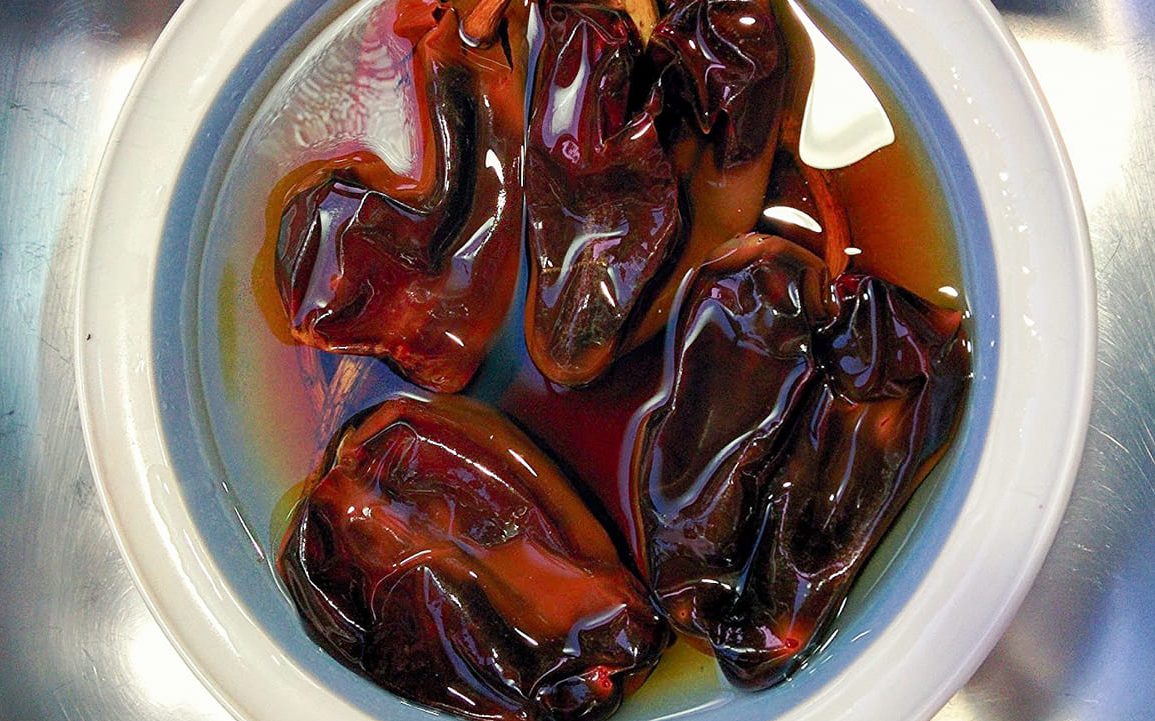
To make mojo picón in the traditional way , it is necessary to use a mortar and pestle. First, peel and chop the garlic and add it to the mortar along with the cumin, peppers and coarse salt. Grind it all to a smooth paste. Then add the paprika little by little and pour in the oil and vinegar until a thick cream is formed. If necessary, rinse with a little water. Our mojo made with Canary Island hot pepper is now ready.
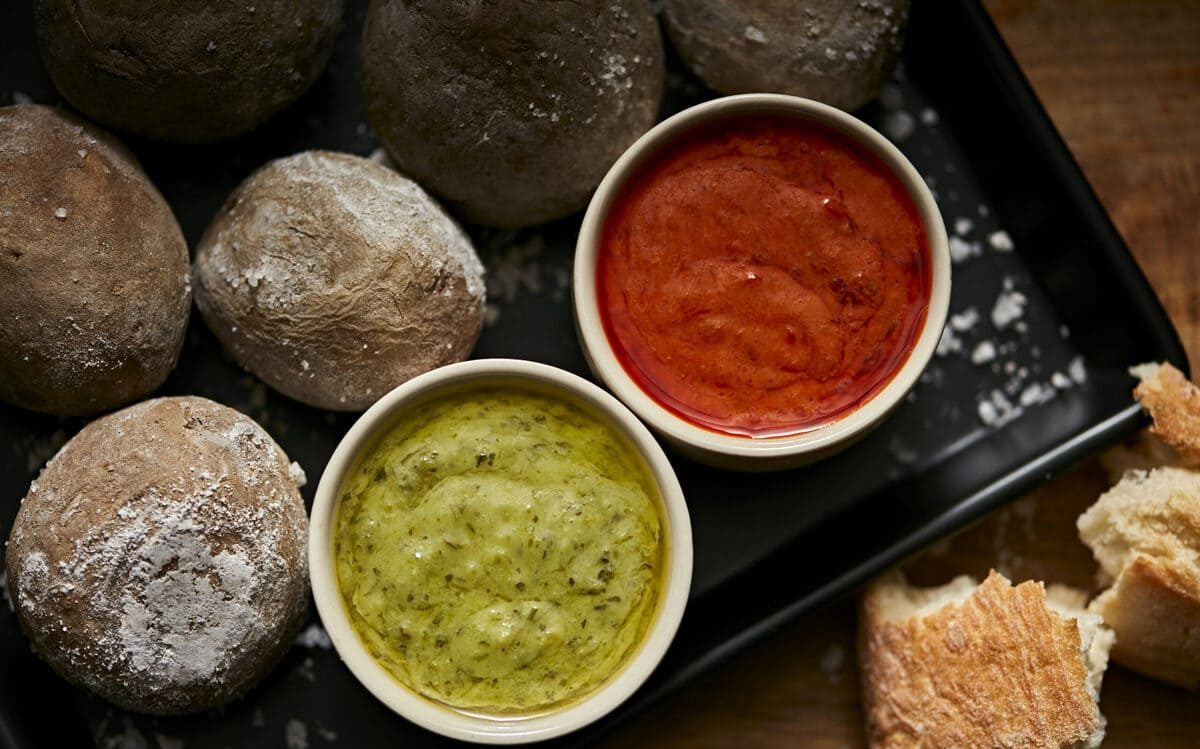
If you are interested in Canarian gastronomy and products, don't hesitate to read the following articles: The Canarian starters you can't miss on your table; Almogrote, everything you need to know about Canarian cheese pâté.
Paula Vera
Photos: mojopicon.com, lacocinadeloselfos,blogspot.com, gmrcanarias.com
